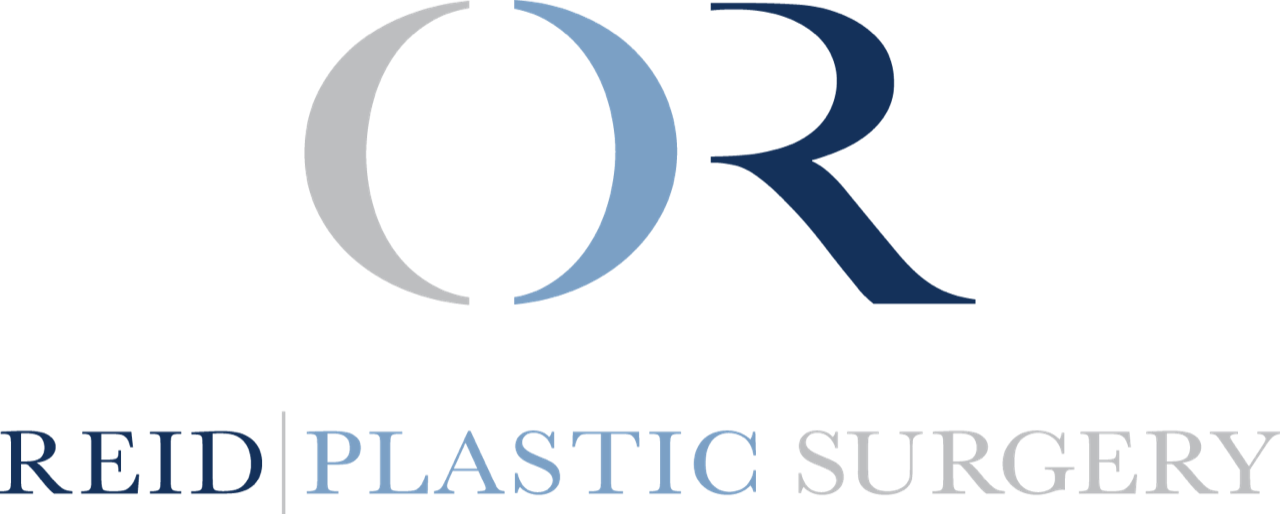Back lifts - an important procedure for weight loss patients
Breast Reduction Techniques
If you said that there was a different breast reduction technique for every practicing plastic surgeon you wouldn't be far from the truth. Although it's common for each surgeon to have their own innovative surgical tips, the vast majority of surgeons are using a personalized variation of a common technique.
Breast reduction techniques are most commonly classified by their scar pattern, and the two most common patterns are the Vertical Scar Technique and the Inverted "T" or Anchor Technique. However, this is only half the story. Arguably, the more important part of a successful breast reduction is what goes on under the skin, within the breast tissue itself, and the scar pattern doesn't tell us anything about how the surgeon handles this part of the operation. For example, Dr. Reid has to make decisions about which parts of the breast will be preserved, which parts will be resected and how to re-configure the breast to achieve the best possible shape. These variables are all independent of the scar pattern.
What technique does Dr. Reid use?
Dr. Reid uses the technique that best suits the patient; there is no one best technique nor would it be appropriate to use the same technique for each patient. Breast shape is highly variable and so a surgeon requires expertise with more than one technique and should also be able to adapt these techniques as needed to breasts with varying characteristics.
So will I get the Vertical Scar or the Inverted "T" Scar pattern?
In breast and body contouring surgery, a plastic surgeon chooses to place a scar or lengthen a scar in order to achieve better contour and shape. This holds true for breast reduction surgery. Dr. Reid uses both patterns and although it's always nice to limit scar length, he finds the Inverted "T" scar pattern to be very helpful for those patients who have significant breast ptosis (droop) and skin laxity. In this situation, the 'additional' scar, concealed along the infra-mammary fold, allows Dr. Reid more control over breast size, shape and position. In contrast, those patients who have large breasts without significant ptosis are typically good candidates for the vertical scar technique.
Dr. Owen Reid commonly performs breast reduction surgeries in Vancouver, Richmond and Delta. For more information or to book a consultation, please contact our office at 604-273-1034.
Immediate Breast Reconstruction
Dr. Reid is now able to provide easier access to immediate breast reconstruction for patients in the Vancouver area. In case you're not familiar with the term, 'immediate reconstruction' refers to the timing of the reconstructive procedure in relation to the mastectomy. Immediate reconstruction takes place at the time of the mastectomy, while 'delayed reconstruction' is performed months or years later.
Breast reconstruction is an important part of Dr. Reid's hospital practice in Richmond. Although not every breast cancer patient is a candidate for immediate reconstruction, for those who are there are significant benefits. One of the most obvious benefits of immediate reconstruction is that there are fewer operations and with that fewer general anaesthetics and recovery periods. The other primary benefit of immediate reconstruction is that patients who receive this type of care don't have to live without a breast.
At the Richmond Hospital, we are now able to provide easier access to immediate reconstruction for our breast cancer patients. This requires a coordinated effort between Dr. Reid and the general surgeons who are performing the mastectomies. The indications for a mastectomy may differ. Some patients with a new diagnosis of breast cancer are candidates for immediate reconstruction. In that circumstance the mastectomy and immediate reconstruction will be arranged on an urgent basis. Other patients may choose to have a prophylactic mastectomy, in which case, immediate reconstruction is almost always indicated.

